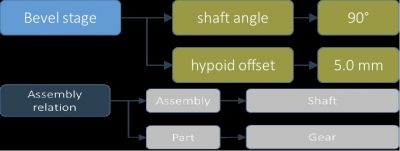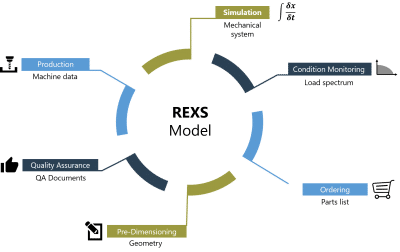FVA REXS Designed to Establish Industry-Wide Standard for Exchanging Gearbox Data
The software landscape in the field of gearbox development, simulation, and production is extremely diverse today. Although these programs perform different tasks, the data they use is largely identical. However, no industry-wide standard has been established for the exchange of gearbox data. This leads to high-cost, high-maintenance custom solutions and duplication of work that can be avoided.
“The goal is to be able to efficiently and effectively use different systems with their own computational focuses, such as Bearinx, SIMPACK, and FVA Workbench,“ said Dr. Heinrich Bolz, head of calculation and simulation in gearbox development for SEW-Eurodrive.
FVA, the German Research Institute for Drive Technology, is committed to the goal of developing an industry-wide standard for the exchange of gearbox data. The interface will be developed in close cooperation with industry and research under the name REXS (Reusable Engineering EXchange Standard).
REXS defines an industry-wide uniform modelling and nomenclature for the gearbox and its components based on the detailed terminology of 25 of FVA's project committees. With many years of experience and broad roots in industry and research, FVA is in a unique position to develop an industry-wide standard in this area.
For FVA partners SEW Eurodrive and Schaeffler, the focus is primarily on the exchange of gearbox data related to bearing calculation. However, instead of developing another specialized solution, both companies became involved in the FVA “Standardization of Gearbox Modelling,” research project, thus laying the foundation for the interface.
Their many years of experience with gearbox software will ensure that the developed concept is applicable for the industrial environment.







